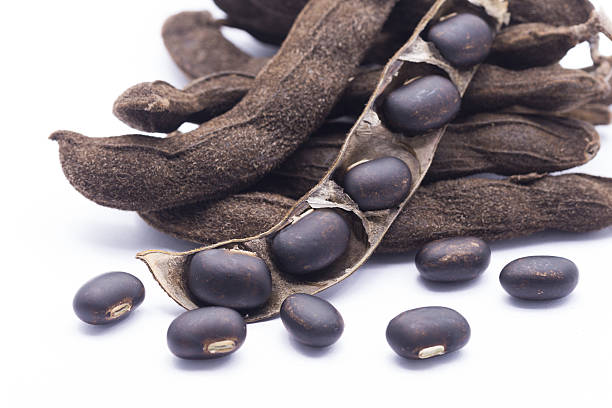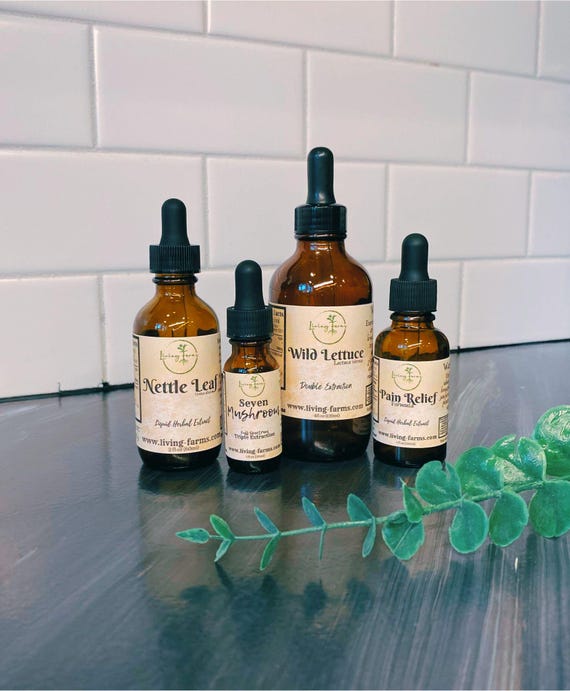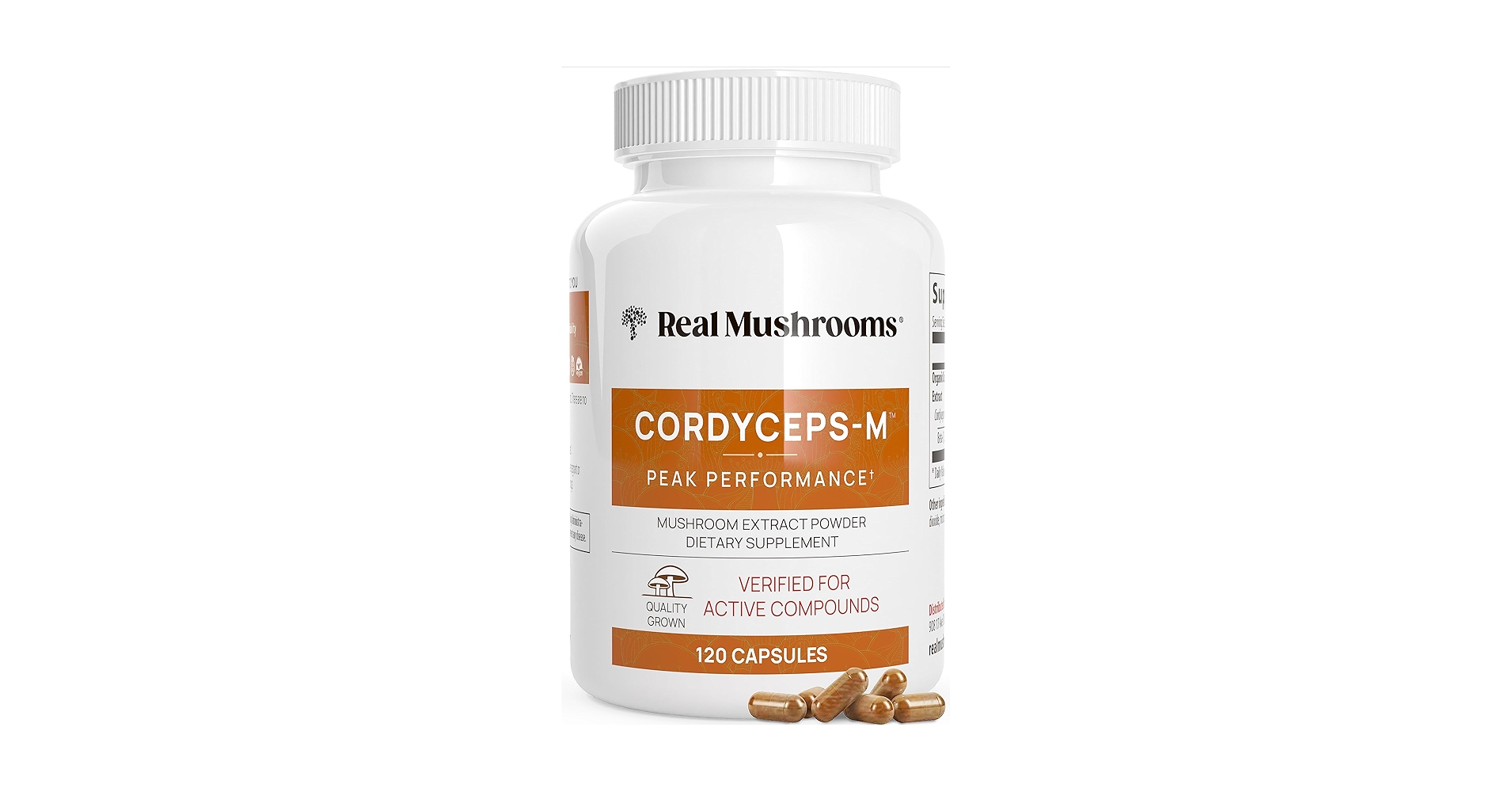Overview — Why dopamine matters
Dopamine is a central neurotransmitter involved in movement, reward, motivation, attention, and many higher-order brain functions. When dopamine tone is healthy you feel motivated, able to initiate tasks, and able to enjoy accomplishment. When it’s low, people commonly experience low motivation, reduced drive, executive dysfunction, and movement issues (in severe cases).
This article focuses on botanical approaches that influence dopamine production, dopamine breakdown, receptor support, and broader neuroprotection — not pharmaceutical L-DOPA therapy. Each herb is covered in depth: traditional use, mechanisms, practical dosing, safety, and sourcing (quick buy buttons included).
1. Mucuna pruriens (Velvet Bean) — Natural L-DOPA & Dopamine Tonic


What it is: Mucuna pruriens (velvet bean) is a tropical legume prized in Ayurvedic medicine for centuries as a tonic for the nervous system, vitality (ojas), libido, and mood. Its key claim to fame is a naturally occurring content of L-DOPA — the immediate biochemical precursor to dopamine.
How it supports dopamine and brain health: Mucuna’s L-DOPA crosses the blood–brain barrier and converts to dopamine via the enzyme aromatic L-amino acid decarboxylase (AADC). Unlike many synthetic L-DOPA medications, whole-plant extracts also contain flavonoids, polyphenols and other phytochemicals that may offer antioxidant and neuroprotective effects, and modulate peripheral metabolism.
Clinical & practical notes: People using Mucuna for cognition and motivation typically report smooth, lasting improvements in drive and focus without the jittery push of stimulants. In traditional and some clinical contexts Mucuna is also used to support Parkinson’s symptoms due to its L-DOPA content — though clinical prescription L-DOPA is managed carefully with enzyme inhibitors (e.g., carbidopa) in formal medical care. For nootropic use, lower-dose standardized extracts are common.
Typical dosing (general guidance): standardized extracts (check manufacturer) vary widely; common nootropic ranges used by enthusiasts are roughly 100–500 mg of standardized extract up to once or twice daily, or 250–1000 mg powdered dose depending on extract strength. If using whole-spectrum Mucuna for its L-DOPA content, start low (e.g., 100 mg) and titrate slowly while tracking mood, sleep, and motor function.
Safety & interactions: Monitor for overstimulation, insomnia, nausea, or dyskinesia with long-term high-dose L-DOPA exposure. Mucuna can interact with MAO inhibitors and dopaminergic medications — consult a clinician if you’re on prescription Parkinson’s medications, MAOIs, or antipsychotics. Pregnant or breastfeeding people should avoid it unless directed by a clinician.
Tip: prefer suppliers that list % L-DOPA or provide a Certificate of Analysis (COA). Whole-plant / fruiting-body style extracts often contain beneficial cofactors not present in isolated synthetic L-DOPA.
2. Polygala tenuifolia (Yuan Zhi) — The Heart-Mind Clarifier


What it is: Polygala tenuifolia (Yuan Zhi) is a classical herb in Traditional Chinese Medicine used for opening the heart-mind (Shen), improving memory, and calming overactive rumination. It’s often prescribed to support clarity, memory and emotional regulation.
Mechanisms relevant to dopamine & cognition: Polygala contains saponins (e.g., polygalasaponin F) and other bioactives (senegenin) that modulate glutamatergic NMDA/AMPA pathways, support synaptic plasticity (LTP), and influence monoamine systems. Its effects are complex — not a simple dopamine booster — but it enhances neural flexibility, emotional stability, and cognitive resilience that often map to improved motivation and sustained attention.
Experience & effects: Users describe reduced “mental noise,” improved focus, steadier motivation and subtle mood elevation. Some report improved dream vividness and better sleep consolidation. Effects typically build over days to weeks with consistent dosing.
Typical dosing: standardized extracts (follow label): traditional decoctions use 1–2 g dried root daily; concentrated extracts follow manufacturer guidance (often 200–600 mg daily depending on standardization). Start with a low dose and observe effects for 2–6 weeks.
Safety: Generally well tolerated at recommended doses. Higher doses of raw saponins may cause GI upset in some. If you take MAOI medications or other psychiatric drugs, consult a clinician because Polygala has multiple neuromodulatory actions.
Note: Polygala is prized for cognitive modulation via glutamate and plasticity pathways — an excellent companion for stacks focused on learning and mood resilience.
3. Catuaba Bark (Trichilia catigua) — Brazil’s Gentle Dopamine & Libido Tonic


What it is: Catuaba is a group name for Amazonian barks historically used in Brazilian folk medicine for mood, libido and cognitive support. The most commonly used species in research is Trichilia catigua (sometimes marketed as “Catuaba”).
How it supports dopamine and cognition: Catuaba extracts show MAO-A inhibitory activity in laboratory studies, which can preserve monoamines (dopamine, serotonin, norepinephrine) from rapid breakdown — thereby supporting mood, motivation and learning. It also appears to support cholinergic activity (acetylcholine), which helps memory and focus.
Reported benefits: improved mood and motivation, mild aphrodisiac effects, improved learning/memory in animal studies, and antioxidant/neuroprotective effects. Importantly, Catuaba tends to be experienced as gentle — enhancing calm motivation rather than producing a jittery stimulant effect.
Dosing & forms: Typical extract doses used in supplements range from 200–400 mg daily. Raw powdered bark is used at higher gram-level doses when brewed. Start low and take earlier in the day to avoid potential mild stimulation that could impact sleep.
Safety & cautions: Generally well tolerated in reported doses. Avoid combining with prescription MAOIs or mixing with medications that alter monoamine systems without medical advice. Mild motor incoordination is possible at very high doses in animals; stay within recommended product dosing.
Tip: choose extracts standardized for known active markers when possible and check third-party testing for contaminants.
4. Cordyceps militaris — Mitochondrial Energy, Dopamine-Friendly Endurance


What it is: Cordyceps militaris is a cultivated medicinal mushroom prized for its adaptogenic support of endurance, cellular energy (mitochondria), and resilience to stress. Its key compound, cordycepin (3′-deoxyadenosine), plus polysaccharides and adenosine fractions, support energy and cellular function.
Connection to dopamine: While Cordyceps is not a direct dopamine precursor, improved mitochondrial function, oxygen delivery, and reduced fatigue create a neurochemical environment that supports optimal dopamine signaling and motivation. Users often report clearer thinking, sustained energy and better capacity for focused effort — all states that rely on healthy dopaminergic tone.
Benefits & use cases: athletes and knowledge workers use Cordyceps for improved stamina, faster recovery, clearer cognition during long sessions, and subtle libido support. It pairs well with dopaminergic herbs because it increases the brain’s capacity to use energy efficiently.
Dosing: common doses: 1–2 g fruiting body powder daily or 500–1,000 mg of a concentrated extract. Take in the morning or before workouts for best effect on performance and alertness.
Safety: well tolerated for most; rare GI upset or mild insomnia if taken late in day. Avoid if on immunosuppressants without guidance.
Pro tip: if you’re stacking mitochondrial boosters (CoQ10, PQQ), Cordyceps can be a complementary, low-risk addition to support sustained mental energy.
5. Panax Ginseng — Dopamine Modulation & HPA Axis Balance


What it is: Panax ginseng (Korean / Asian ginseng) is one of the world’s most studied adaptogens. Its active constituents (ginsenosides) influence neurotransmitter systems, HPA axis regulation, blood flow, and mitochondrial function — producing benefits for stress resilience, cognition, and mood.
How it interacts with dopamine: Ginseng modulates dopamine signaling indirectly: ginsenosides appear to optimize dopamine release/use and prevent receptor desensitization. This supports steady motivation, mood regulation and cognitive performance without the crash of high-dose stimulants.
Reported benefits: improved mood, reduced perceived stress, better memory and executive function, and modest increases in physical and mental energy. Ginseng is used widely for burnout, mild depression and cognitive support in aging populations.
Dosing: traditional standardized extracts are often dosed at 200–400 mg daily standardized to 2–7% ginsenosides; whole root decoctions vary. Start on the low end and use cyclically (for example, 3–6 weeks on, 1–2 weeks off) if you feel tolerance building.
Safety & cautions: may interact with stimulants, anticoagulants, or hypoglycemic meds. Some people experience mild insomnia or gastrointestinal upset; reduce dose if this occurs. Pregnant/breastfeeding people should avoid unless clinically advised.
Practical note: American ginseng (Panax quinquefolius) tends to be more calming, while Korean/Asian Panax ginseng is slightly more stimulating — choose based on your sensitivity and goals.
Stacking ideas, protocols & safety checklist
Gentle daily stack (foundational): Mucuna (low dose) or Polygala morning, Cordyceps with breakfast, Panax ginseng midday (or cycled), and Catuaba as needed for mood/libido support. Always pair botanical stacks with good sleep, nutrition, and exercise for best outcomes.
For creativity & motivation: consider Mucuna (morning lower dose) + Citicoline/CDP-choline (for acetylcholine) + Lion’s Mane (neurotrophic support) + Cordyceps for energy. Polygala can be reserved for evenings or creative consolidation sessions because of its calming, dream-rich effects for some users.
Safety checklist (before starting any herb):
- Consult a healthcare professional if you are taking prescription medications (particularly MAOIs, dopaminergic agents, antipsychotics, anticoagulants or hypoglycemic meds).
- Start with a low test dose for 3–7 days and track effects (sleep, mood, motor signs, blood pressure).
- Avoid combining multiple strong dopaminergic agents until you know how each affects you individually.
- Prefer suppliers that publish COAs and extraction details; avoid products with unspecified fillers.
Notes & further reading
The herbal mechanisms described here are summaries of preclinical and clinical literature. Many traditional uses are supported by animal or in-vitro studies, and human trial data vary by herb and formulation. Consider reading peer-reviewed reviews on each herb and checking product COAs.
- For Mucuna pruriens — look for trials comparing whole-plant extracts to synthetic L-DOPA in Parkinson’s populations (clinical context differs from nootropic use).
- Polygala tenuifolia — translational research on senegenin, polygalasaponins and NMDA/AMPA modulation.
- Catuaba (Trichilia catigua) — animal studies on MAO-A inhibition, memory and libido support.
- Cordyceps militaris — mitochondrial, cordycepin and endurance studies.
- Panax ginseng — extensive adaptogen literature on ginsenosides and HPA axis modulation.
If you want, I can add a curated references list with DOI links or convert this into a printable guide or product-page optimized HTML including specific product suggestions and direct purchase links.